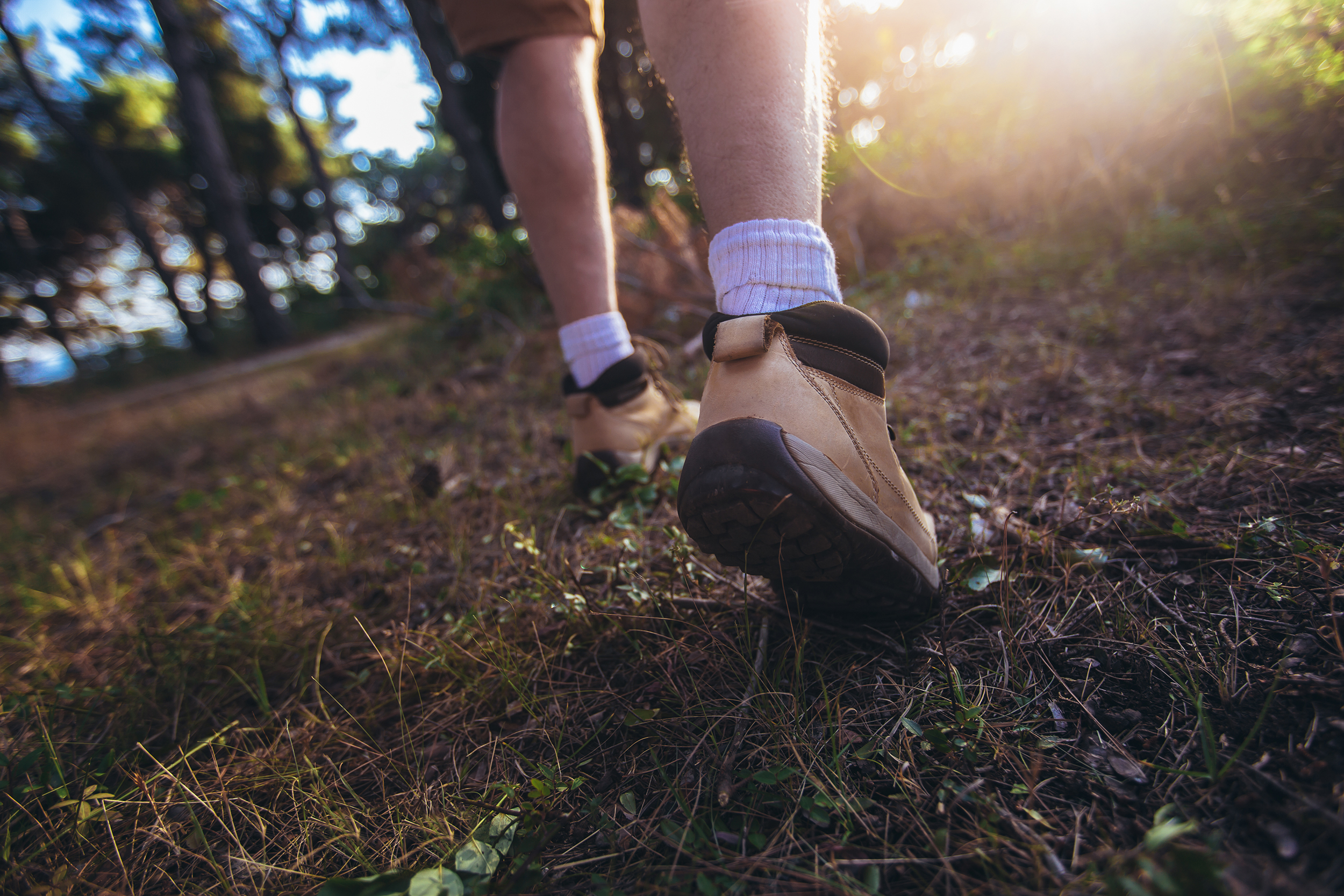
It’s almost instinct for a videographer and editor to think of lighting, color, and music since they are all prominent elements of a video… but what about natural (nat) sound? Nat sound tends to be one of the most overlooked elements of a video because of its subtlety to the viewer—however, nat sound makes a big effect on how immersive your video is.
First of all, what is nat sound?
Nat sound is short for natural sound. It’s the audio portion of the video you’re seeing. For example, you’re shooting video of a person hiking on a trail through the woods—the nat sound would be the birds chirping amongst trees and the hiker’s footsteps crunching on the trail.
Nat sound is definitely one of those things that goes unnoticed by the typical viewer but makes a definitive impact on how those viewers feel and respond to the video. When viewers are able to hear the sound of the picture in front of them, they are instantly more immersed into that setting. It makes the image on the screen more real. This works great when you want the viewer to feel the energy of an excited crowd or the power of a rushing waterfall. The opposite effect can also work using nat sound—capture the silence of a setting to emphasize the barren feel of a setting.
When nat sound is missing from a video, it can distance a viewer from what they’re seeing. This can be a stylistic choice used intentionally by filmmakers for stylistic effect but if the goal is to immerse and emotionally invest your viewer, it can work against that.
All in all, nat sound really does what it says—makes your video seem natural. It lessens the digital barrier between viewer and what’s being shown. Because video is a completely digital experience, it’s important that videographers and editors utilize every aspect of video to its fullest in order to take away from that digital divide.
Here are some tips for recording nat sound:
-Don’t use a directional mic, this will limit what you can capture from your environment.
-Seek out environmental sounds that will complement or establish the tone of your video
-Always record sound while shooting. If you are recording using a phone, your phone will automatically capture audio. If you are using a camera, make sure there is either a built-in microphone or attach an external mic to record sound as you film.
-If you are using an attached, external microphone, be sure to monitor for proper levels using headphones.
-Record the “room tone” of your environment. This is a type of nat sound where you record for about 60 seconds to capture the baseline sounds of the environment. This can save time in post-production by being added in for additional breathing room in an interview or mask other sounds in your video
If nat sound cannot be captured for your footage, you can always recreate and add in these sounds to your video later using a foley artist or being a foley artist of your own. However, capturing nat sound is always a better option as sound recreation can come off as fake and seem odd to the viewer.
VideoEnvy @2024 | Telling Your Stories In Video. A Houston Video Production Company.